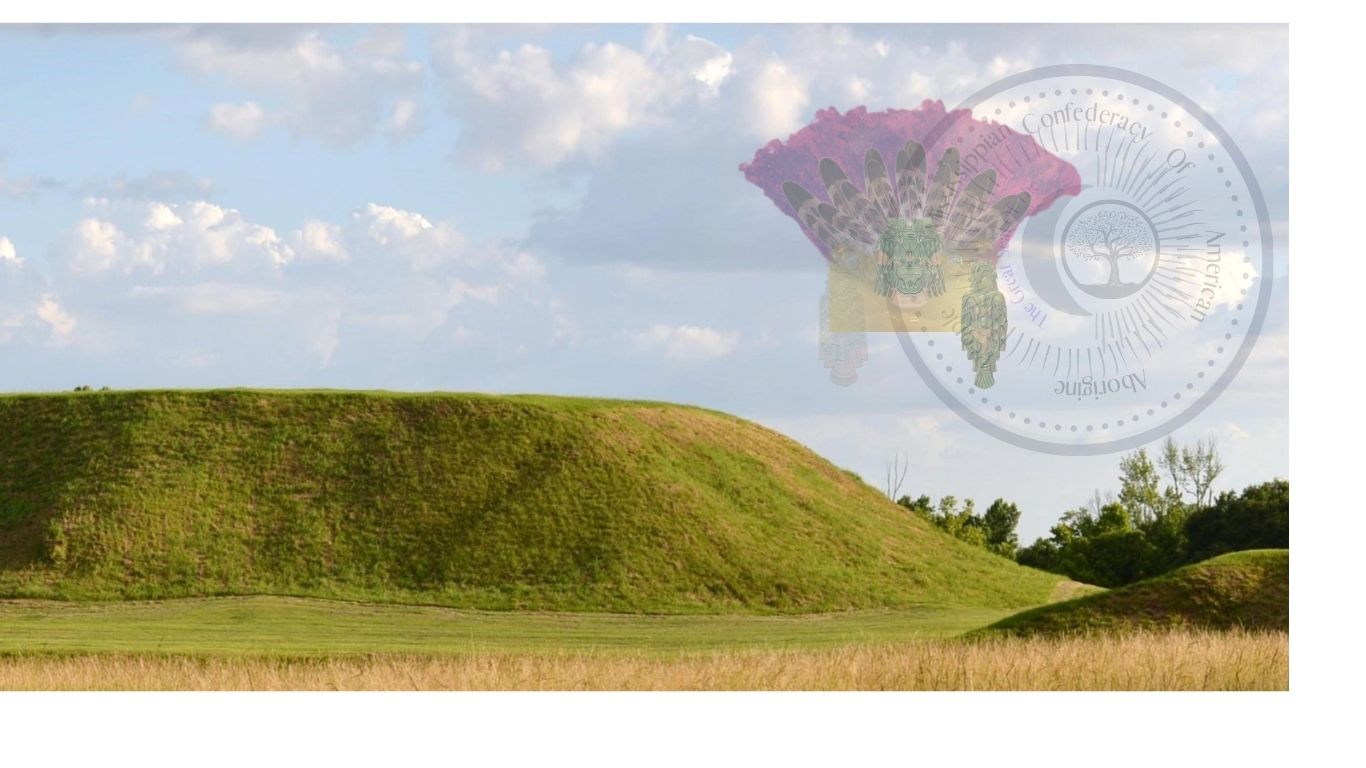What does land restitution mean and how does it relate to the Land Back movement? How does it work in practice?
Why This Matters:
The movement for decolonization is not complete without land restitution for Indigenous people. Land Back requires that settlers work to repair the harm colonialism has done and continues to inflict on Indigenous people by returning control over ancestral territories back to its stewards, allowing them to begin restoring their connection to ancestral lands in meaningful ways. By transferring power and wealth back to Indigenous people, land restitution — which includes the water, natural resources, and infrastructure on the land — supports Indigenous sovereignty. The Land Back movement is ultimately a manner of securing an Indigenous futurity that includes self-determination, environmental sustainability, and economic justice.
Diving in Part 1: Returning Colonized Land
One way to understand decolonization is through the return of currently unceded, occupied land. Decolonization, first and foremost, necessitates the restitution of all land to Indigenous communities — returning what was stolen to its rightful caretakers. This act is a step in unsettling, which works to reverse some of the damage of settler colonialism. Land restitution focuses on the redistribution of power back to Indigenous communities.
The #LandBack movement demands the return of colonized lands.


